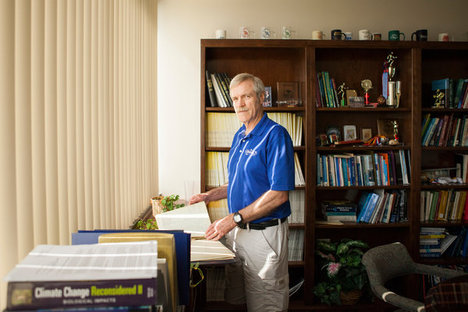(p. A15) “Lincoln’s Greatest Case” convincingly shows that 1857 was a watershed year for the moral and political questions surrounding slavery’s expansion to the west, something that Jefferson Davis’s preferred railroad route would have facilitated. Mr. McGinty’s discussion of Lincoln’s philosophy and the career-making speeches he would develop in the late 1850s allows us to see the transportation disputes in light of the political and cultural dynamics that would lead to the Civil War. The book is also a case study of discomfort with new technology–and the futility of using a tort suit to prevent the adoption of inevitable innovation.
The book ends on an elegiac note, with steamboats making their inevitable passage into the mists of history. The rails, which could operate year-round through paths determined by man, not nature, would reign supreme, thanks in part to the efforts of a technophile future president.
For the full review, see:
MARGARET A. LITTLE. “BOOKSHELF; When Steam Was King; A dispute over a fiery collision pitted steamboats against railroads and the North against the South. Lincoln defended the rail.” The Wall Street Journal (Mon., Feb. 23, 2015): A15.
(Note: the online version of the review has the date Feb. 22, 2015, and has the title “BOOKSHELF; Technology’s Great Liberator; A dispute over a fiery collision pitted steamboats against railroads and the North against the South. Lincoln defended the rail.”)
The book under review is:
McGinty, Brian. Lincoln’s Greatest Case: The River, the Bridge, and the Making of America. New York: Liveright Publishing Corp., 2015.



